Is this the world's most successful human-centred building?
Stunning, cohesive and inherently inclusive, there is a reason why 20,000 people flock to Helsinki's extraordinary Oodi Library every day
I’m calling it. Helsinki's Oodi Library is the most inspiring building I have ever visited. Hands down.
It’s a big claim. Huge, actually. But one I am prepared to stand by. Hear me out.
In my two decades as a real estate journalist, I have visited hundreds, if not thousands, of places and spaces across the globe. And none, no matter how ground-breaking, arresting or innovative, have taken my breath away more than this sweeping, timber-clad structure in the heart of the Finnish capital. More importantly, none have so fervently compelled me to think differently about how successful public spaces could, and arguably should, be designed and built.
The Oodi story is one I always knew I wanted to tell here on Well-Placed. Not least because I felt strongly that it would resonate both within the real estate sector and beyond. This isn’t just the tale of a successful asset. It is the story of how civic places, when properly designed and curated, can tangibly support the lives, dreams and ambitions of the people who use them. And that is a story worth telling. So, here it is.
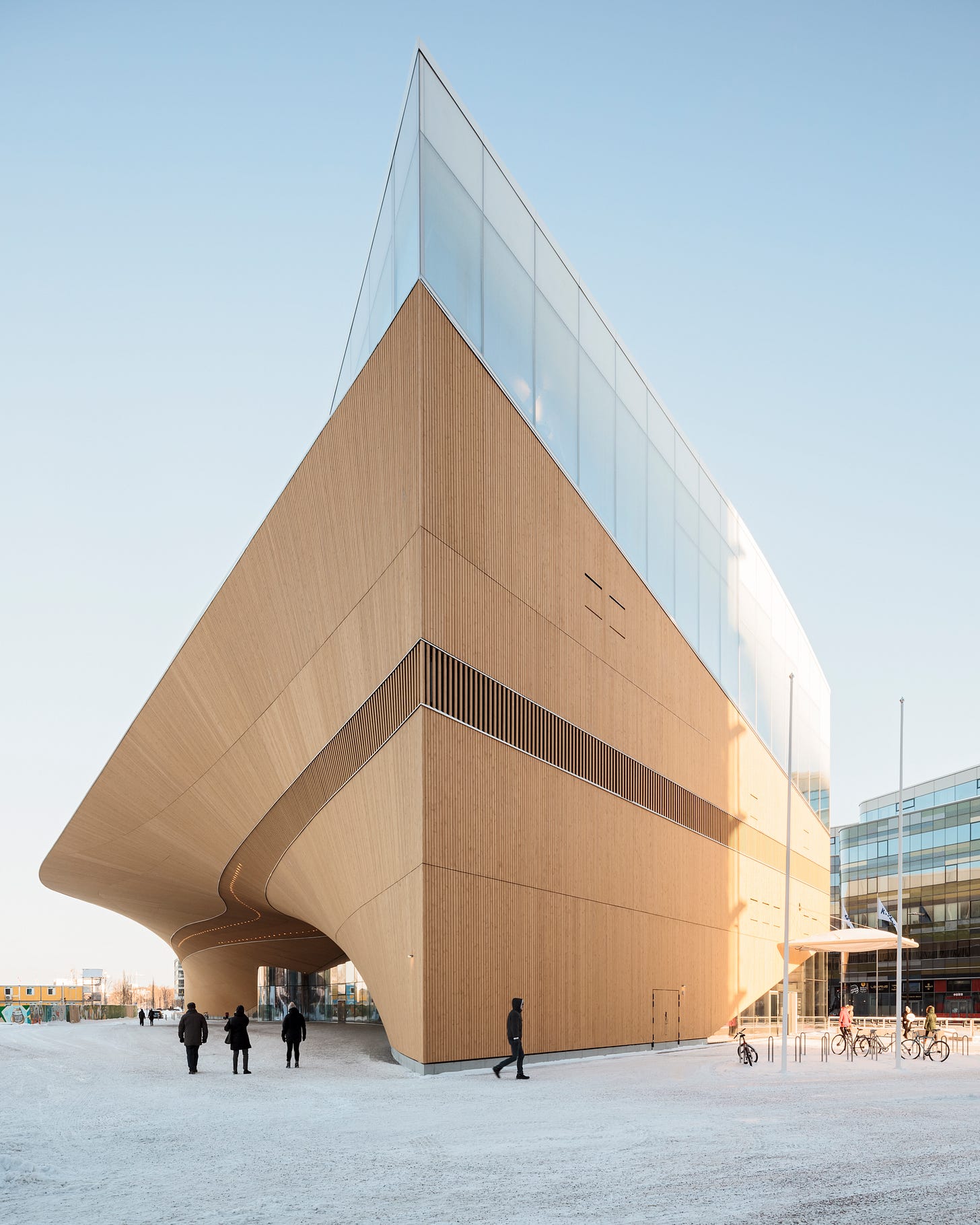
More than a library
Since Oodi opened in December 2018, it has attracted over ten million visitors despite a lengthy shut down and periods of decreased footfall during the pandemic. There have been occasions where it has seen half a million people walk through its doors in one month alone and it regularly tops 20,000 visitors a day.
There is a reason for this. And it comes down to more than a striking aesthetic.
That’s not to say the Oodi Library isn’t beautiful. It really is. The 17,250 sqm, ALA Architects-designed structure has fast become one of Helsinki’s most iconic buildings, rippling and rolling against the backdrop of an otherwise traditional, urban landscape. But it is what the building stands for, rather than what it looks like, that not only draws the crowds, but keeps them coming back.
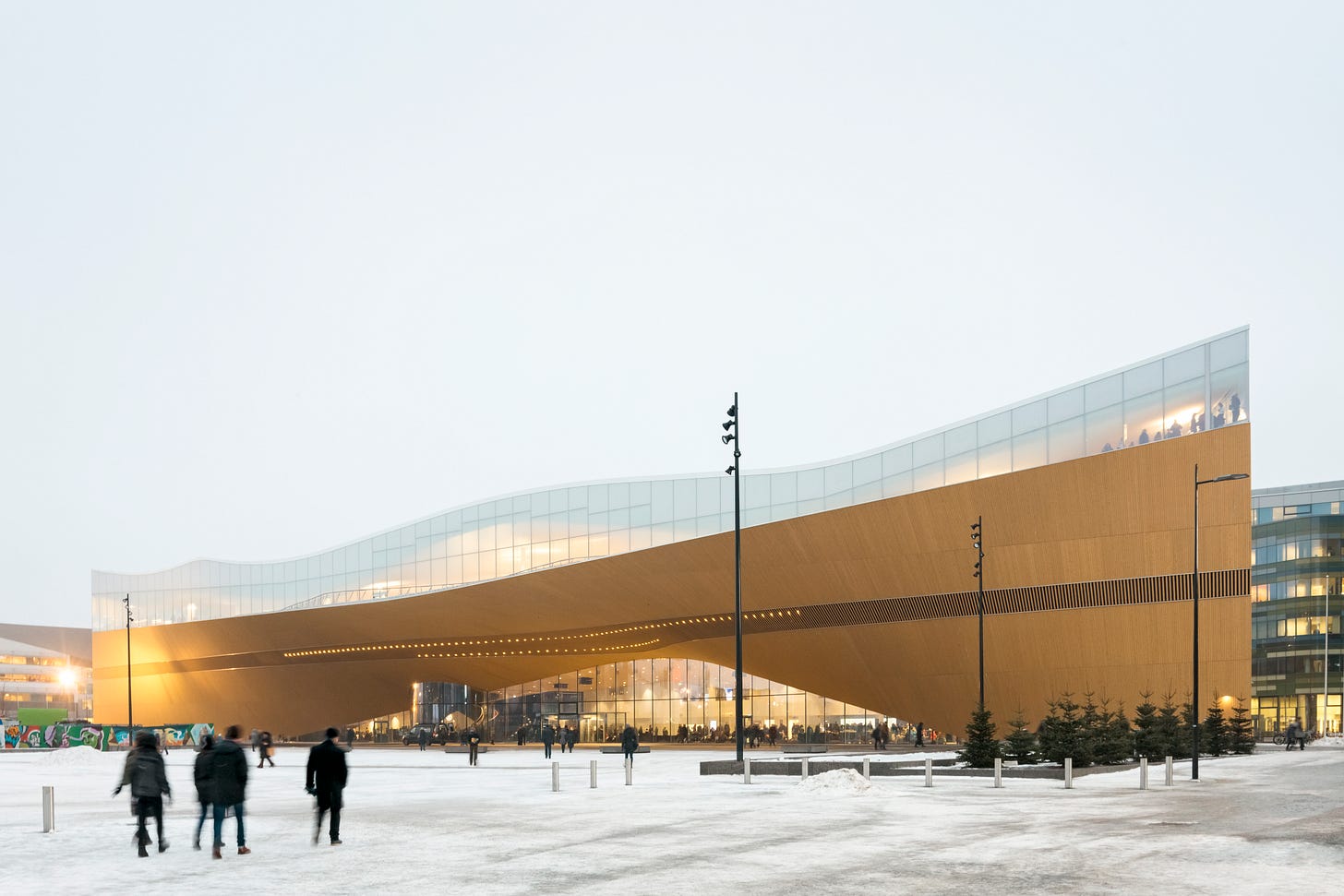
So much more than a library in the traditional sense of the word, Oodi’s 100,000-strong book collection only takes up a third of the space within the building. The rest has been carefully curated to provide people - particularly within the local community - with the tools they need to live the lives they want. Whether that’s a VR room, a laser cutter, one of five top-of-the-range 3D printers, a fully equipped recording studio, a green screen filming room, a bank of sewing machines, a drum room or dedicated Xbox zone, this is a space that has been designed to not only give people joy, but opportunity. A chance to start that business, record that song, learn that language, explore that idea, feel less alone.
In the two hours I spent in the building - two hours as opposed to the five minutes I was anticipating by the way, given I had originally just “popped in” as a passer-by on holiday before getting completely sucked in to the Oodi experience - I saw a band rehearsing and recording a track, a group of retirees in the midst of a cookery class and a pair of fashion start-up founders cutting fabric and working on the library’s vast bank of sewing machines.
I also saw people working on benches outside the building, making use of the library’s free public Wi-Fi that extends, very deliberately, beyond the structure itself creating a halo of connectivity. After hours - and Oodi is open for an impressive 14 hours a day - the outside space is well-lit so that people, including school children who may not have access to the internet at home but need it to do their homework, can continue to use the space and this service even when the building itself is shut.
As for its role supporting start-ups and hybrid workers? Ahead of the game way before the pandemic turned the world of work on its head, the library offers access to co-working and flexible office space. More than that, it provides expensive equipment including computers, industrial sized printing machines and those aforementioned 3D printers and laser cutters. As a result, Oodi goes way beyond offering space for start-ups. It offers the infrastructure required by many to launch a fledgling business. For free.

Book Heaven
And the books? Fear not. The traditional element of the building has not been forgotten. Far from it. Up on the top floor, bathed in natural light with 360-degree views over Helsinki, 100,000 books are stacked on free-standing bright, white shelves under a white wave-like canopy. Dubbed ‘book heaven’ it is easy to see why people love to come here – not least because this is where the building’s architectural prowess comes into its own.
The swooping structure, clad in planks of Finnish spruce timber, creates an undulating roof that can be clearly seen on the inside of the building, dipping in and out of the top floor space punctuated by huge, circular skylights. It is on this level that visitors have access to a balcony which has been purposefully built opposite the Finnish Parliament House. One of the librarians explained to me during my visit that this allows people to look over at government “eye-to-eye” rather than from ground level looking up.
That’s the other thing about Oodi. It is a leveller and really is for everyone. The building works hard to combine style and design with substance and inclusivity throughout. And, in the case of the structure’s showstopping central stairwell, this pledge is written down - quite literally in black and white - for all to see.
More than the physical link between the three floors, the black painted stairwell is a piece of art by local artist Otto Karvonen peppered with white words running up the entire height of the building. These words were all suggestions sent in from the local people representing who they wanted this building to be for. The word at the very top, ‘kaikki’ means ‘everyone’.
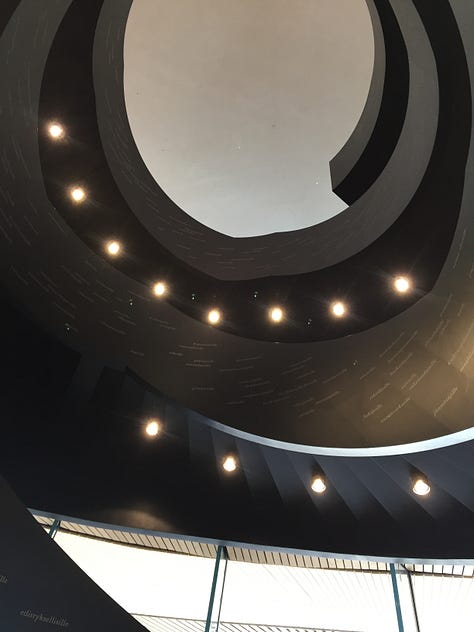
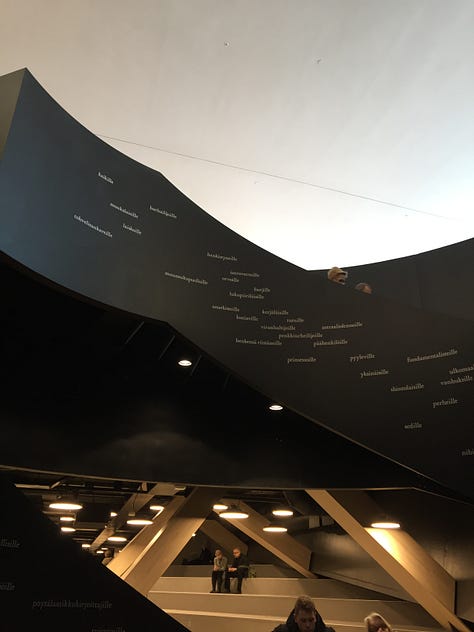
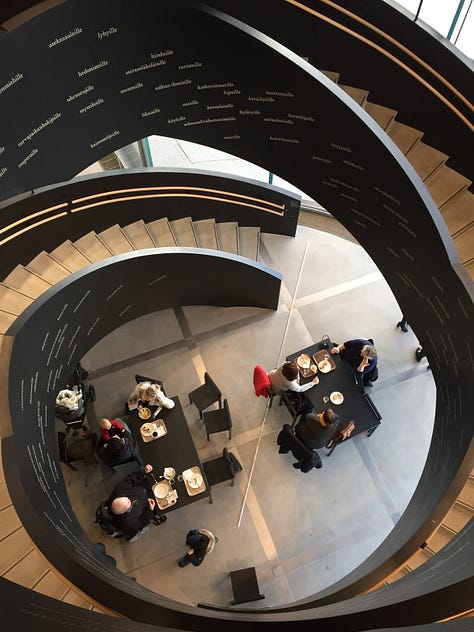
A masterclass in civic placemaking, Oodi has reinvented community space for a modern age. It is a model that should, wherever and however possible, be emulated the world over.
Of course, things aren’t always that simple. Government-backed, Oodi has been funded by the City of Helsinki and the state, with the latter’s share of the funding standing at €30m. Such levels of public investment cannot always be relied upon. But not all successful, human-centred public buildings have to be delivered to such a grand scale and design specification.
If even a fraction of what this public building has set out to achieve can be kept in mind and integrated into similar places and spaces across the globe, I truly believe cities and societies would be infinitely better for it.
A call for challengers
One final thought on this particular post, and it’s an important one.
I am aware - delightfully so - that the world is full of beautiful, hard-working places and spaces that change cities’ fortunes and people’s lives for the better. And while I would love nothing more than to have seen them all, that impossible task is destined to remain a wild and unachievable ambition.
I can only write about what I know and so, if anyone reading this piece wants to challenge me, I want to hear from you. If you have a story or an example of a building, place or space that you feel is equally, perhaps even more, worthy of the “most successful human-centred building” title, let’s hear it. There can never be too many and any challenger to the accolade is one well worth knowing about.
So, either drop me a line or comment using the link below.
Either way, challengers or not, I think it is pretty safe to say that we could all do a lot worse than taking a leaf out of Oodi’s book.

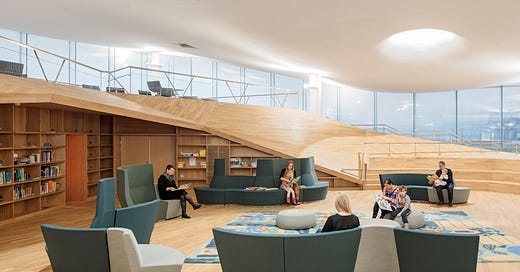



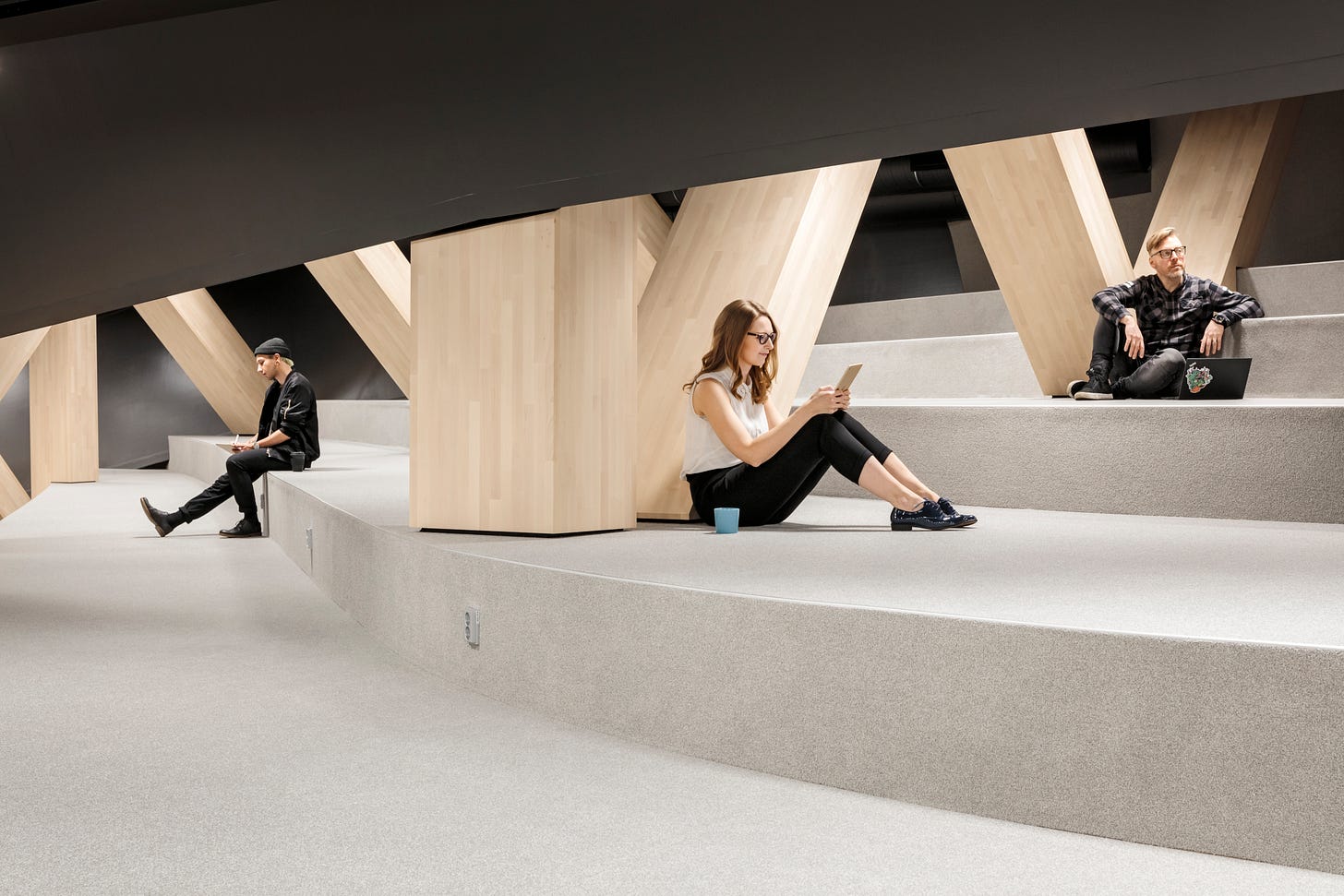
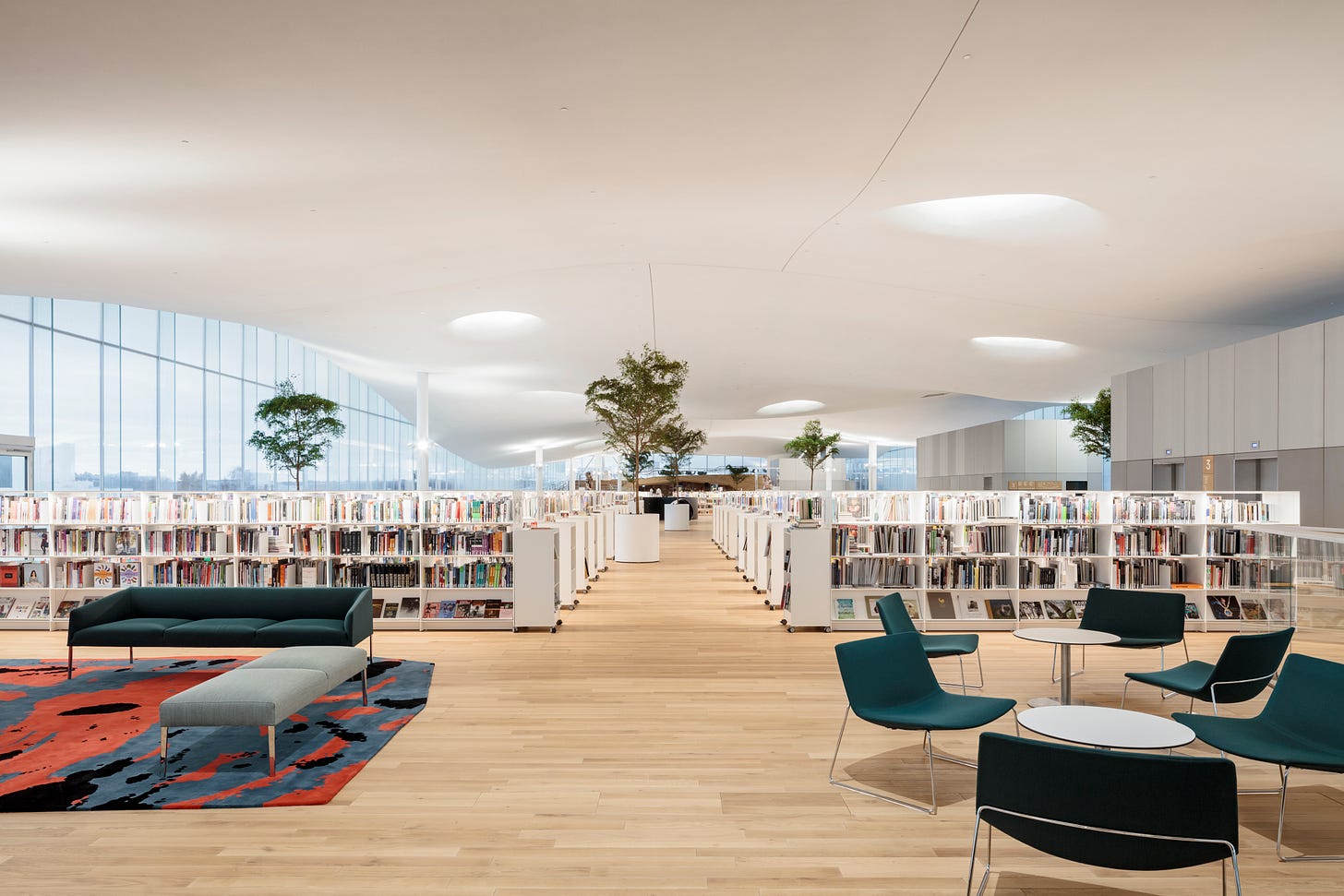
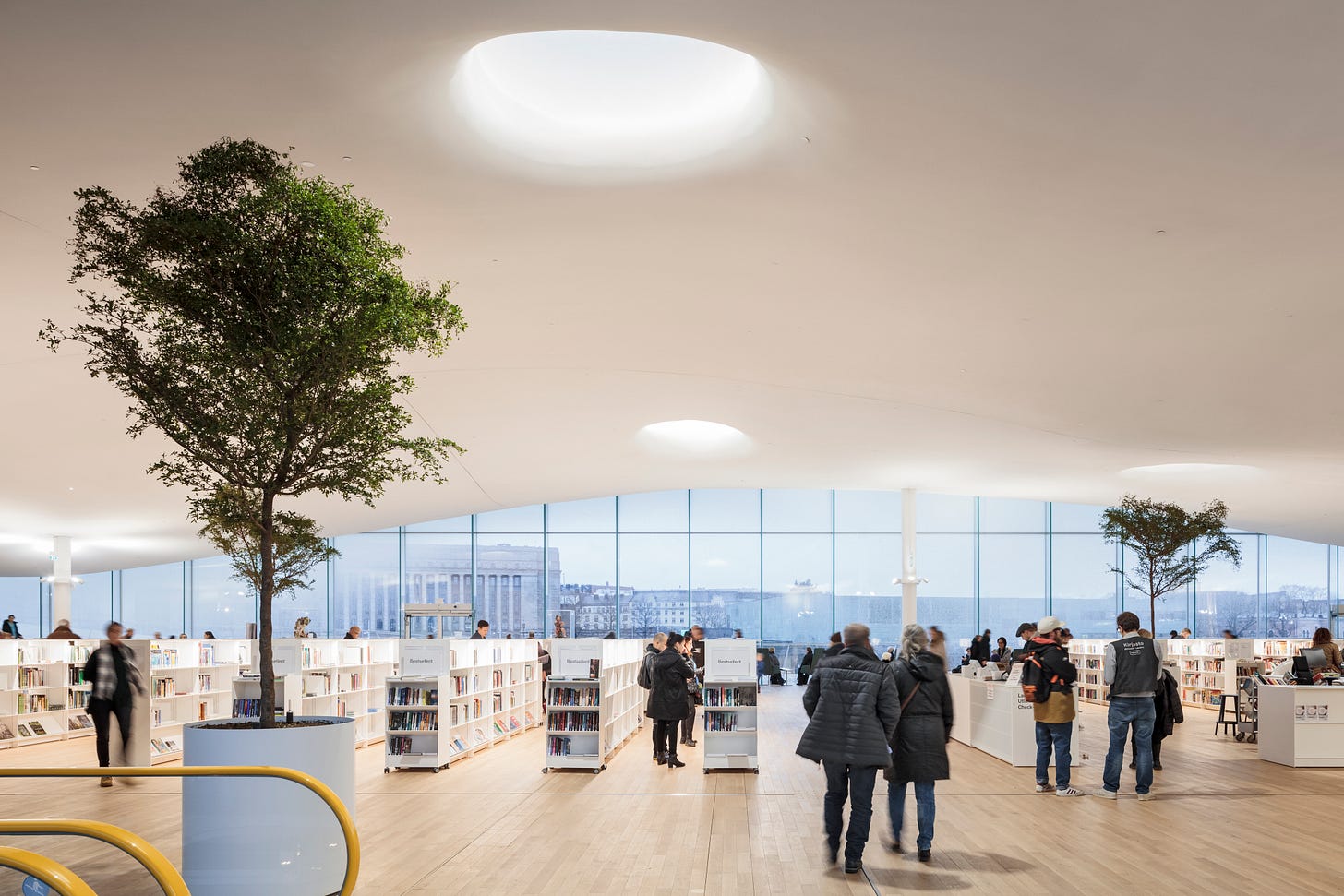

Such a fantastic idea for a space and it would be interesting to see how much return on that 50M comes from it! I bet it’s incredibly uplifting for the community.
What an incredible space! Fingers are twitching to book a flight just to see it.